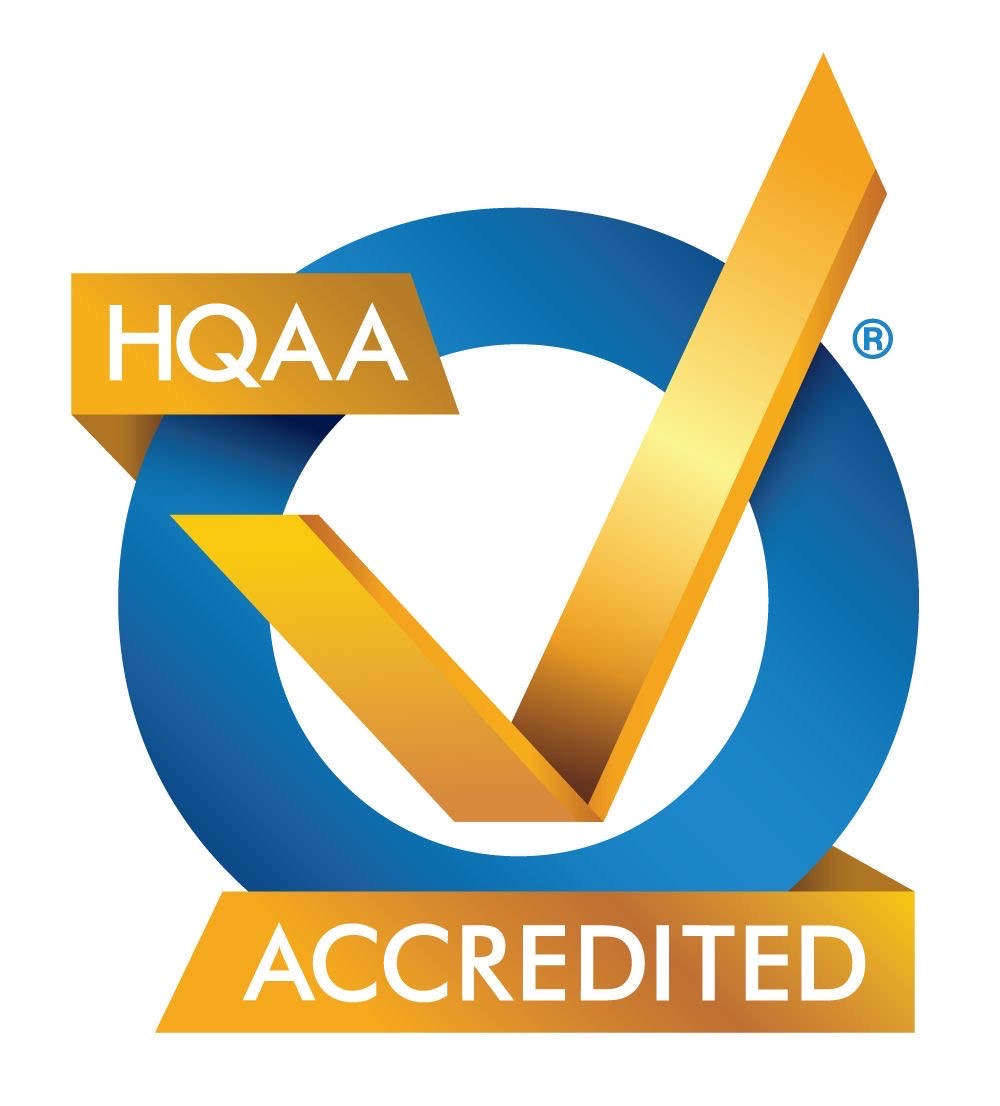Choosing the Right Medical Equipment: A Guide for Healthcare Providers
In the ever-evolving landscape of healthcare, selecting the appropriate medical equipment is paramount. From hospitals to clinics, healthcare providers rely on a myriad of tools and devices to diagnose, monitor, and treat patients effectively. Choosing the right medical equipment not only ensures accurate patient care but also impacts the efficiency and reputation of healthcare facilities. This comprehensive guide aims to assist healthcare providers in navigating the complex process of selecting medical equipment, covering key factors, considerations, and best practices.
Understanding Your Facility's Needs
Every healthcare facility is unique, and the medical equipment requirements can vary significantly based on specialisation, patient demographics, and the services offered. Before making any decisions, it's crucial to conduct a thorough needs assessment. Evaluate the types of procedures commonly performed, patient volume, and the specific needs of your staff. Engage with healthcare professionals directly involved in patient care to gain insights into their challenges and requirements.
Assessing Quality and Compliance
When it comes to medical equipment, quality is non-negotiable. Prioritise devices manufactured by reputable companies with a history of producing reliable and durable equipment. Look for certifications such as CE marking, FDA approval (for facilities in the United States), and adherence to international standards like ISO. Compliance with these standards ensures the equipment meets essential safety and performance requirements.
Considering Budget Constraints
Budget constraints are a reality for most healthcare facilities. While it's tempting to opt for the most advanced and expensive equipment, it's essential to strike a balance between quality and affordability. Conduct market research to compare prices and features offered by different suppliers. Additionally, consider the total cost of ownership, including maintenance, training, and potential upgrades, when evaluating the budget for medical equipment.
Compatibility and Integration
In today's healthcare ecosystem, seamless integration of medical equipment with existing systems is vital. Incompatible devices can lead to inefficiencies, data discrepancies, and operational bottlenecks. When selecting medical equipment, assess its compatibility with electronic health record (EHR) systems, laboratory information management systems (LIMS), and other digital platforms used in your facility. Integration ensures smooth data flow, enhances collaboration among healthcare professionals, and improves overall patient care.
Training and Support
No matter how advanced the medical equipment is, its effectiveness largely depends on the proficiency of the healthcare professionals using it. Ensure that comprehensive training programs are provided by the supplier or manufacturer. Training should cover not only device operation but also troubleshooting, maintenance, and safety protocols. Additionally, consider the availability of technical support and timely maintenance services. Quick resolution of issues is crucial to minimise downtime and maintain the continuity of patient care.
Future-Proofing Your Investment
The healthcare industry is continuously evolving, with new technologies and treatment modalities emerging regularly. When choosing medical equipment, think long-term. Opt for devices that can be upgraded or expanded to accommodate future needs. Consider the manufacturer's track record of providing updates and enhancements to their products. Future-proofing your investment ensures that your facility remains at the forefront of healthcare innovation without the need for frequent, costly replacements.
Involving Stakeholders in the Decision-Making Process
Selecting medical equipment is a significant decision that impacts various stakeholders within a healthcare facility. Involve key personnel, including doctors, nurses, technicians, and administrators, in the decision-making process. Their diverse perspectives can provide valuable insights and ensure that the chosen equipment aligns with the needs and workflows of different departments. Collaboration fosters a sense of ownership and commitment among the staff, enhancing the successful implementation of the new medical equipment.
Conclusion
Choosing the right medical equipment is a multifaceted process that requires careful consideration of various factors. By understanding the unique needs of your facility, prioritising quality and compliance, managing budget constraints effectively, ensuring compatibility and integration, providing adequate training and support, planning for future advancements, and involving stakeholders, healthcare providers can make informed decisions that positively impact patient care and the overall efficiency of their facilities. Remember, an investment in the right medical equipment is an investment in the health and well-being of your patients.



